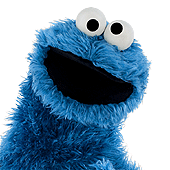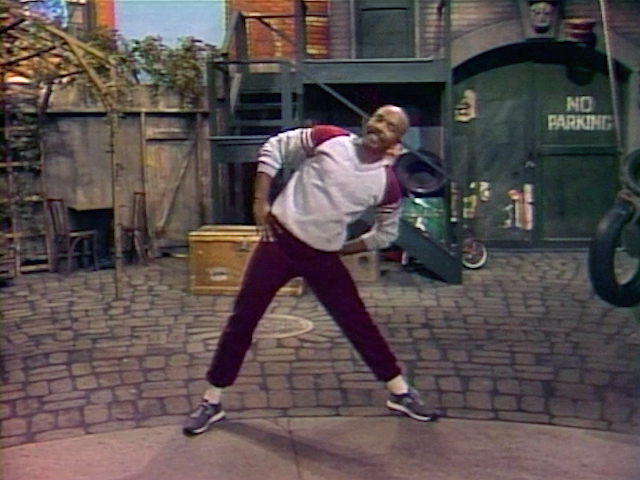I do not remember seeing "Rubber Duckie" very much during the 1980s. I may only recall seeing it once in the 1980s.
As for the selection of classic episodes being offered by HBO Max, I suspect that will be all we will be getting, just like when the Classics series was aired on the TV counterpart - in which we only got select episodes and nothing outside that realm. Those choice episodes being offered on HBO Max are likely considered to be episodes with an actual storyline in most or all of the scenes. Many of those episodes that are selected have important milestones, such as the introduction of Telly Monster (when he was more addicted to television, and I don't think this was offered on a Canadian broadcast back in 1980); and also episodes that educated about important issues kids should learn, such as overcoming fear of visiting an eye doctor (#1261), coping with surgery after Big Bird gets his tonsils removed (#1255), and teaching about what happens as a result of vandalism after Cookie Monster ate Hooper's Store right down to the bare walls). Other milestone episodes include James Earl Jones' visit, Bert dating Bertha, and Alice's visit to Central Park. But some episodes were not considered milestone, such as the late Season 1 episode in which Big Bird learned how to draw the letter R - I mean, what's so significant about that? Wouldn't it be just as well to offer the Season 26 episode where Elmo, Rosita and Zoe learn to draw Ds and 3s as well?
Of the vintage episodes being offered, there are more episodes from the 1970s than those from the 1980s. But yeah, the 1970s had some of the best inserts the show had to offer. Some of the newer inserts from the 1980s were good, such as the ones drawn by Tom Gabbay, including "L for large, and L for little" and the one where the aviator and his son work together to start their biplane. I also enjoyed some of the newer Cliff Roberts inserts too, including the "letter N salesman" skit (and Roberts was also working for Hanna-Barbera Productions at the same time, as he was shown in the closing credits to "The Gary Coleman Show" and also worked on other Saturday morning cartoons). Roberts' newer cartoons had more color than in his older skits, particularly the Poverty Pictures segments.
 Welcome to the Muppet Central Forum!
Welcome to the Muppet Central Forum!
 Sesame Street debuts on Netflix
Sesame Street debuts on Netflix
 Jim Henson Idea Man
Jim Henson Idea Man
 Back to the Rock Season 2
Back to the Rock Season 2
 Bear arrives on Disney+
Bear arrives on Disney+
 Sam and Friends Book
Sam and Friends Book

